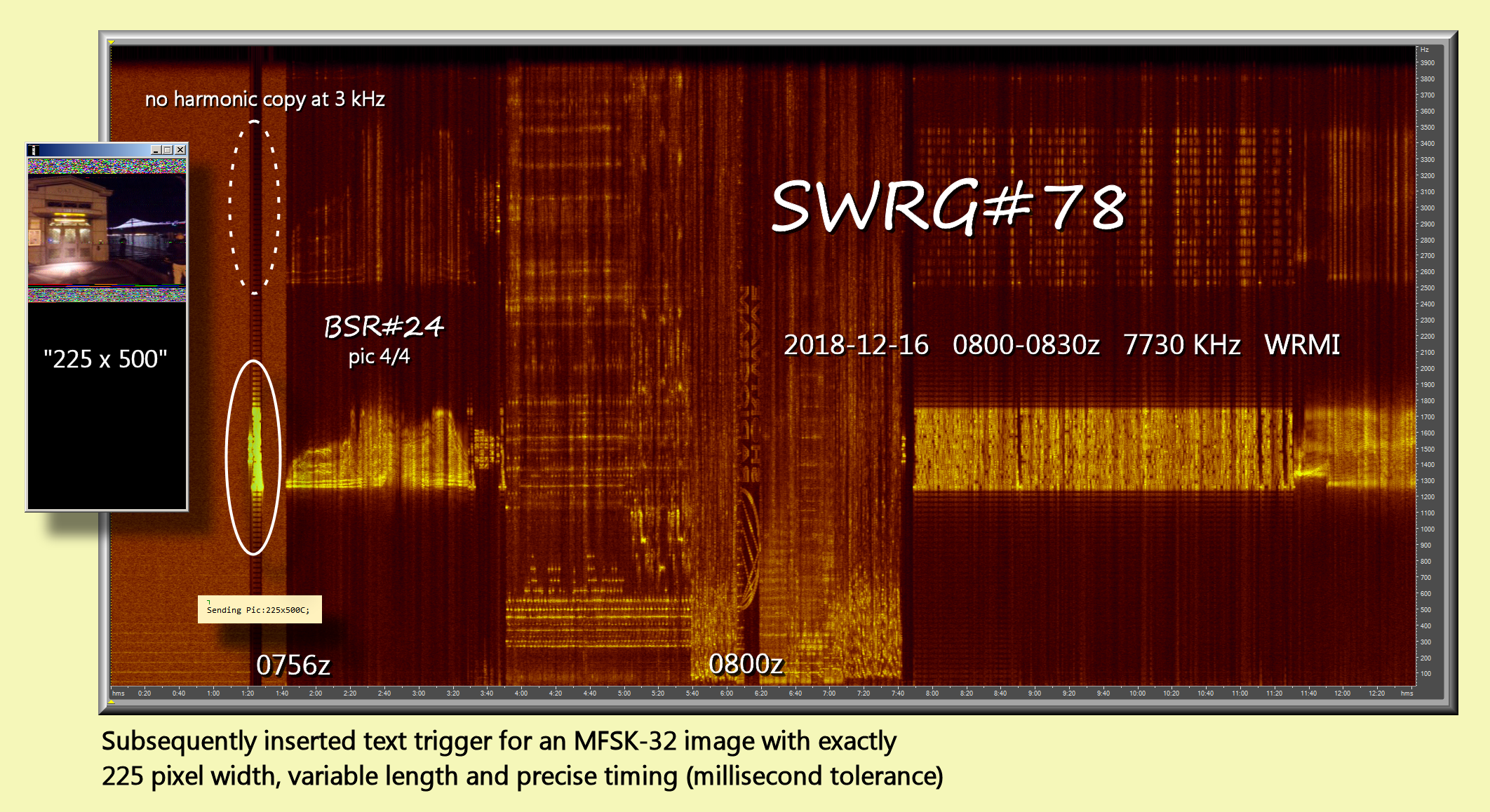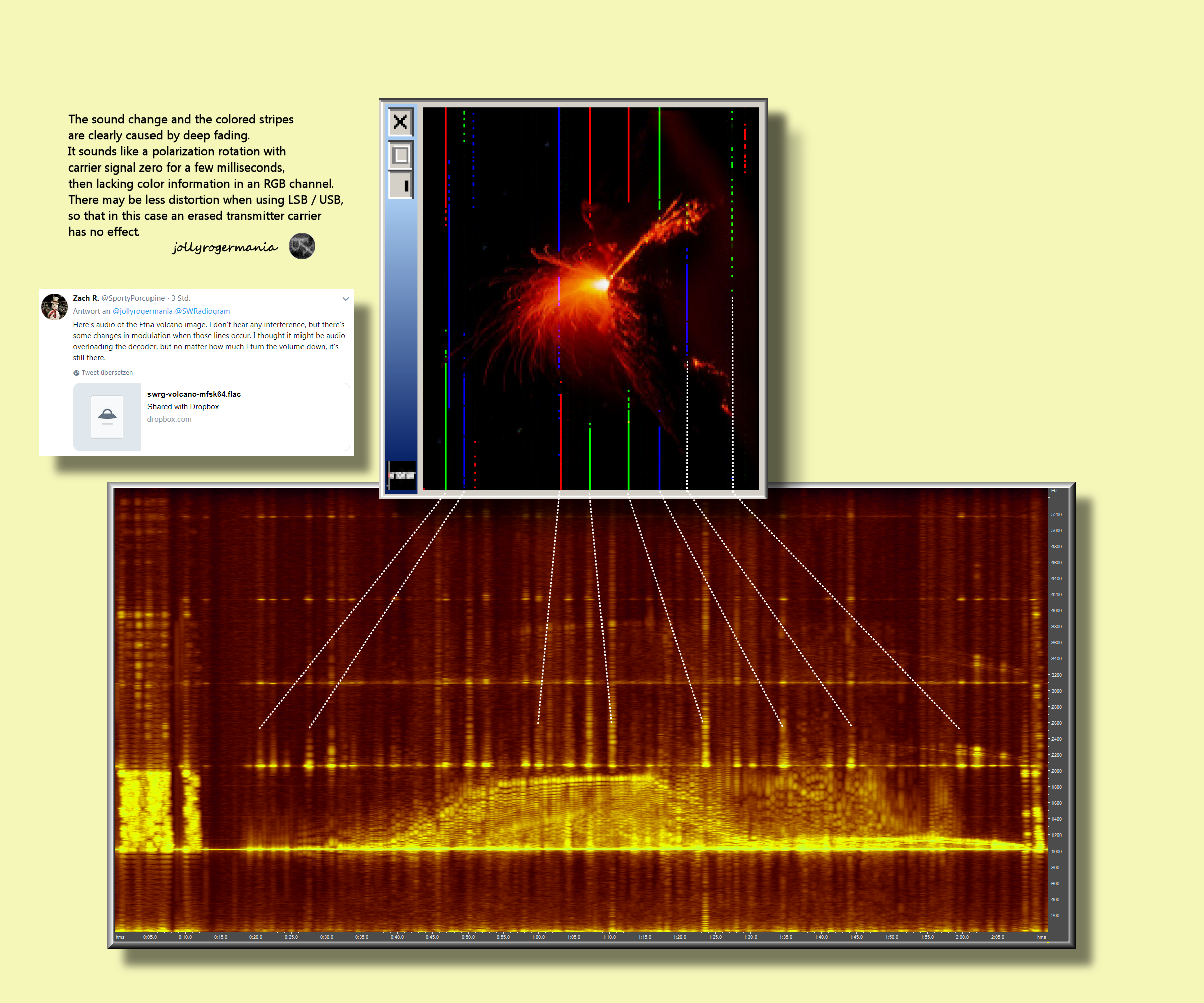http://www.rhci-online.net/radiogram/radiogram.htm
|
RSID: <<2018-12- 15T01:55Z MFSK-32 @ 7780000+1500>>
START
IBC - ITALIAN BROADCASTING CORPORATION
mail:
ibc@europe.com
|
|
http://www.rhci-online.net/radiogram/radiogram.htm
|
RSID: <<2018-12- 15T01:55Z MFSK-32 @ 7780000+1500>>
START
IBC - ITALIAN BROADCASTING CORPORATION
mail:
ibc@europe.com
|
|
|
RSID: <<2018-12- 15T13:30Z MFSK-64 @ 11600000+1500>>This narrow street in Utrecht, the Netherlands, is decorated for Christmas ... Sending Pic:121x118C; 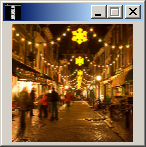 From bit.ly/2RRCNQf Please report decode to themightykbc@gmail.com
|
|

RSID: <<2018-12-14T20:31Z
MFSK-32 @
7780000+1500>>
Welcome to program 78 of Shortwave Radiogram.
I'm Kim Andrew Elliott in Arlington, Virginia USA
Here is the lineup for today's program, in MFSK modes as noted:
1:34 MFSK32: Program preview (now)
2:43 Space walk to repair mysterious hole in the ISS*
7:35 MFSK64: First transatlantic radio message, 1901 (maybe)*
13:15 This week's images*
23:57 MFSK32: Message from Tecsun Radios Australia*
28:33 Closing announcements
* with image(s)
Please send reception reports to radiogram@verizon.net
And visit http://swradiogram.net
Twitter:
@SWRadiogram
From Radio Free Europe/Radio Liberty:
Russian Cosmonauts Investigate Mysterious Hole In ISS During
Six-Hour Space Walk
12 December 2018
Russia's space agency said two cosmonauts took samples of the
exterior of the International Space Station (ISS) as part of
efforts to resolve the mystery of a small hole found in a Soyuz
spacecraft docked at the station.
The two Russians performed the space walk on December 11, as part
of an effort by Roskosmos to pinpoint the cause of the hole,
which was found in August in the capsule and strained relations
between the Russian and U.S. space agencies.
A live broadcast shown on NASA's website showed Oleg Kononenko
and Sergei Prokopyev trying to cut through insulation of the
spacecraft with a knife, in order to find the external part of
the hole. The materials will be brought back to Earth for further
examination.
The chief of Roskosmos, Dmitry Rogozin, had floated unusual
theories, including that an American astronaut purposely made the
2-millimeter hole in order to return to Earth sooner than
scheduled.
The American commander who was in charge of the station at the
time flatly denied any wrongdoing by himself or his crew.
Rogozin later backpedaled on his statement.
The U.S. space agency NASA, meanwhile, has downplayed the
incident over the puncture, which caused a slight drop in oxygen
but was quickly sealed.
With reporting by AP and Reuters
https://www.rferl.org/a/russia-space-walk-hole/29651296.html
Image: Russian cosmonaut Oleg Kononenko conducts a space walk
outside the ISS on December 11 ...
Sending Pic:207x188C;
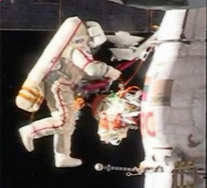
Shortwave Radiogram now changes to MFSK64 ...
RSID: <<2018-12-14T20:37Z MFSK-64 @ 7780000+1500>>
This is Shortwave Radiogram in MFSK64.
Please send your reception report to radiogram@verizon.net
From Radio Canada International:
Canada History: Beginning of radio (maybe), December 12, 1901
Marc Montgomery
12 December 2018
First transatlantic wireless signal
On a chilly windy December 12, in 1901 history was made, or
perhaps "claimed" to have been made.
Italian inventor Guglielmo Marconi said he had received a number
of scratchy clicks on his telegraphy receiving equipment set up
on Signal Hill on the coast of Newfoundland. The clicks-morse
code- were sent through the air without wires. What is unique is
that the signal had been broadcast across the Atlantic Ocean from
Poldhu in Cornwall, England over 3,000 kilometres away.
The repeated sending of the Morse code signal for the letter "S"
was the first wireless trans-Atlantic signal.
Detractors had said such wireless signals could not travel more
than a few hundred kilometres due to the curvature of the Earth,
whereas Marconi believed they would.
Ironically although the signal is alleged to have made it across
the ocean, the detractors were correct. What Marconi and others
at the time could not have understood and what may have happened
was the signal from England was heading to space when it bounced
off the ionosphere and back to earth where Marconi's team, flying
a kite with a 121 metre long copper wire antennae picked it up.
This atmospheric skipping of the signal became known and used
only much later.
However with hefty financial backing he would eventually be able
to send transatlantic signals at a later date and as the concept
of propagation became better understood. Year's later, when
Marconi was awarded the Nobel prize, inventor Nicolas Tesla would
sue over Marconi's use of his patents. It should be noted that
Marconi wireless was used by the Titanic to indicate its distress
and without it, no one would have known and there would have been
no survivors in the vast reaches of the cold mid-Atlantic
Doubt about Marconi's achievement
However, Marconi's original claim is clouded by some skepticism.
Scientists now point out the test took place during the daylight
when medium wave signals are mostly absorbed by the ionosphere
and not "bounced" which would seriously limit their ability to
travel great distances, especially with the low power technology
at the time.
Only later would scientists come to understand the reaction of
radio signals to the atmosphere, and this bounce or reflection of
the signals.
Marconi also knew what signal to listen for, so it was not a
"blind" test, and scientists now say it would have been extremely
difficult for anyone to detect an actual signal from the
background static, especially after a couple of days of listening
to the static.
Also playing against the claim, is the fact that Marconi was the
only one listening so there is no other "witness".
Lurking in the background also was his need for success in order
to raise capital from investors to further his experiments.
Another doubt is raised by the fact his original receiving
antenna was damaged by a storm hence his efforts to use a long
wire and kite, although the wire moving about attached to the
kite would not have made for a stable receptor.
A technical analysis casting doubt on Marconi's claim was made by
radio and electronics expert John Belrose (PhD) in 1995.
Meanwhile, four days after this "miracle" of wireless
transmission, Marconi will be officially notified by the
Anglo-American Telegraph Company that it will take legal action
against him unless he immediately ceases his wireless experiments
and removes his equipment from Newfoundland.
Anglo-American has a fifty-year monopoly on electrical
communications in Newfoundland starting in 1858, and is
determined to hinder radio telegraphy, which it knows is a
serious threat to its transatlantic electric telegraph business
operated by submarine cables. Marconi soon decides to move his
base of operations to Cape Breton in Nova Scotia.
Although often credited with inventing radio, Marconi actually
never saw the need for voice transmission or "radio" as we know
it. In fact he was not dealing with radio in the modern sense,
rather his interest was entirely focused on the commercial
potential of wireless telegraphy.
His limitations of his "spark-gap" technology soon became
evident and efforts to continue and improve it eventually come to
a dead end. He was obliged to abandon the concept in 1912.
Radio's true inventor
Early on, a Canadian inventor Reginald Fessenden has studied the
technology and realize it led nowhere. He rejected Marconi's
spark idea and developed a continuous wave technology which he
felt would transmit Morse more clearly and much more importantly,
also voice.
On Dec 23 1900 he transmitted voice over a distance of 1.5 km.
Over the next few years he continued his research and developed
improved technology.
In 1906 Fessenden sent the world's first true radio broadcast
when he gave a short speech, and played a tune on his violin
which was picked up on US Navy ships, and commercial cargo ships
equipped with Fessenden radio receivers.
In 1925, another Canadian, Edward Rogers (Sr) would invent
another radio breakthrough. Improving on an American invention,
he created a vacuum tube that enabled operating radios on
household electric current, eliminating the heavy, messy, and
corrosive batteries then required. His invention also improved
technology in radio broadcasting and led to the simplicity of
radio operations we know today.
http://www.rcinet.ca/en/2018/12/12/canada-history-beginning-of-radio-maybe-dec-1-1901/
Kim's note: Just as some experts doubt the authenticity of
Marconi's first transatlantic Morse code transmission, others
have doubts about Fessenden's first voice broadcast. See
https://bit.ly/2EjmbwS.
Image: Marconi's crew preparing kite to raise the antenna on the
Newfoundland coast ...
Sending Pic:296x171;
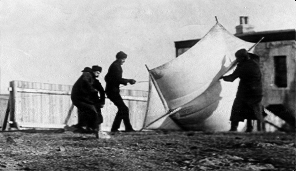 |
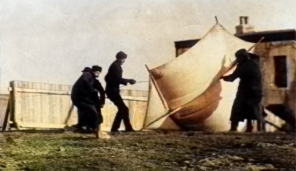 |
This is Shortwave Radiogram in MFSK64
Please send you reception report to radiogram@verizon.net
This week's images ...
The Global Radio Guide by Gayle Van Horn W4GVH "is a 24-hour
station/frequency guide with Winter 2018-2019 schedules for
selected medium wave and all known longwave/shortwave radio
stations." Also feature articles, including one about Shortwave
Radiogram. For information, visit
https://www.amazon.com/dp/B07L3RYTPG ...
Sending Pic:157x249C;
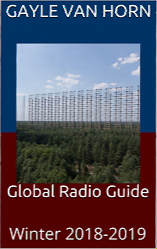
The Mount Etna volcano in Sicily spews lava during an eruption, 8
December 2018. From
bit.ly/2RYkw3Y ...
Sending Pic:210x184C;
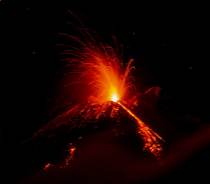
This "selfie" of the entire NASA InSight Mars lander is a
composite of 11 images taken from its robotic arm. From
bit.ly/2Gd9whu ...
Sending Pic:213x110C;
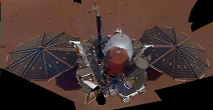
In Sydney, NSW, Australia, lights with various designs and images
are projected onto St. Mary's Cathedral. From
bit.ly/2LeL6D9 ...
Sending Pic:195x206C;
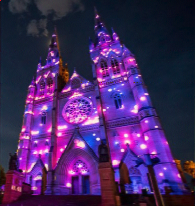
Our painting of the week, by Michael John Cavanagh, is the lion
statue in front of the Chicago Art Institute, bedecked for
Christmas. From
bit.ly/2SNioMp ...
Sending Pic:217x161C;
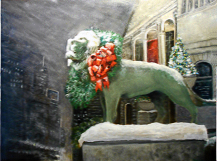
Shortwave Radiogram now returns to MFSK32 ...
RSID: <<2018-12-14T20:53Z MFSK-32 @ 7780000+1500>>
This is Shortwave Radiogram in MFSK32 ...
Next the voice of Jeff White to tell us about the upcoming Tecsun
Radios Australia image-decoding competition. That will be
followed by the same information, and an image, in MFSK32 ...
Next, a message from Tecsun Radios Australia ...
And here's your reminder that the good people at Tecsun Radios
Australia are running a great competition for all Shortwave
Radiogram listeners! Starting from next week they'll start
transmitting images at the end of every Radit gram broadcast.
All you need to do is decode and collect the 6 Tecsun Radios
images transmitted each week on Shortwave Radiogram for your
chance to win a Tecsun PL880 Radio prize pack worth over $250
Australian Dollars!
Share all 6 images on Twitter
@TecsunRadios
and send them an
email hello@tecsunradios.com.au. The winner will be judged on 1
February 2019. They'll even ship the prize pack anywhere in the
world!
Sending Pic:225x150C;

DECODE TO WIN
TECSUN RADIOS AUSTRALIA
www.tecsunradios.com.au
Transmission of Shortwave Radiogram is provided by:
WRMI, Radio Miami International, http://wrmi.net
and
Space Line, Bulgaria, http://spaceline.bg
Please send reception reports to radiogram@verizon.net
And visit http://swradiogram.net
Twitter:
@SWRadiogram
I'm Kim Elliott. Please join us for the next Shortwave
Radiogram.
|
Ending song SWRG: https://www.midomi.com/index.php?action=main.track&track_id=100372567350510508&from=voice_search The Chieftains - The Boar's Head https://www.youtube.com/watch?v=oJpKnHG3u8A
|
http://www.rhci-online.net/radiogram/radiogram.htm
|
QTH: |
D-06193 Petersberg (Germany/Germania) |
|
|
Ant.: |
Dipol for 40m-Band & Boomerang Antenna 11m-Band |
|
|
RX for RF: |
FRG-100B + IF-mixer & ICOM IC-R75 + IF-mixer |
|
|
Software IF: |
con STUDIO1 - Software italiano per SDR [S-AM-USB/LSB] + beta 11 Version 2.80 (August 21, 2018) - for scheduled IF-recording |
|
|
Software AF: |
Fldigi-4.0.18 + flmsg-4.0.7 images-fldigifiles on homedrive.lnk |
|
|
OS: |
German XP-SP3 with support for asian languages |
German W7 32bit + 64bit |
|
PC: |
MEDION Titanium 8008 (since 2003) [ P4 - 2,6 GHz] |
MSI-CR70-2MP345W7 (since2014) [i5 -P3560 ( 2 x 2,6GHz) ] |
RSID: <<2018-12-15T13:03Z MFSK-32 @ 6070000+1500>>
RSID: <<2018-12-15T13:03Z MFSK-32 @ 6070000+1500>>
Slow Scan Radio December 15th, 2018, Episode 18
Good afternoon to everyone listening.
Today we will have 13 or 14 SSTV images.
By the way our copyright info and other info on the images can be found on our
website this week. Last week I didn't manage that because of flu, but this week
I will do.
Info on the show:
Mail: x@xdv.me
Web: www.slowscanradio.com
Mastodon: @PA0ETE@wokka.be
Twitter: SlowScanRadio
Slow Scan Radio is sponsored by
70MHzshop.nl
de k
RSID: <<2018-12-15T13:04Z
DominoEX 44 @
6070000+1500>>
RSID: <<2018-12-15T13:04Z
DominoEX 44 @
6070000+1500>>
Slow Scan Radio December 15th, 2018, Episode 18
Good afternoon to everyone listening.
Today we will have 13 or 14 SSTV images.
By the way our copyright info and other info on the images can be found on our
website this week. Last week I didn't manage that because of flu, but this week
I will do.
Info on the show:
Mail: x@xdv.me
Web: www.slowscanradio.com
Mastodon: @PA0ETE@wokka.be
Twitter: SlowScanRadio
Slow Scan Radio is sponsored by
70MHzshop.nl
de k
RSID: <<2018-12-15T13:28Z DominoEX 44 @ 6070000+1500>>
RSID: <<2018-12-15T13:28Z DominoEX 44 @ 6070000+1500>>
Images this week:
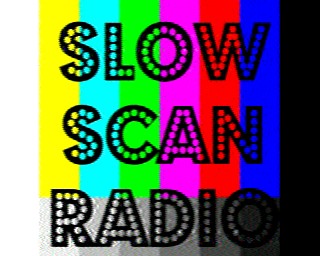
1
Seasonal (made by PA3FBO)
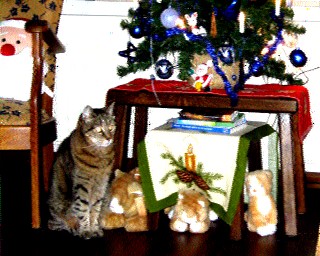
2
Seasonal (made by PA3FBO)
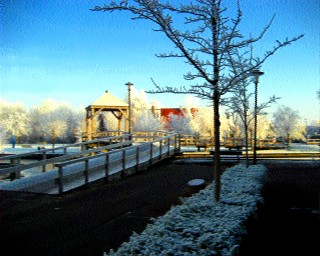
3
The KSCVC rocket garden during Christmas
4
The historical center of Schöckingen in Baden-Württemberg in Germany, with
christmas illuminations.
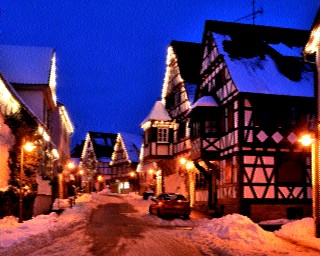
5
Make: Scammell Lorries Ltd Bodywork: New Zealand Motor Bodies Electrical:
English Electric Motor: 120 bhp Seating Capacity: 42
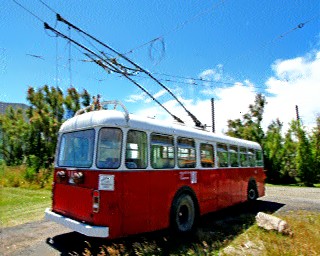
6
Car 10 of the San Francisco cable car system photographed using strip
photography, a photographic technique of capturing a 2-dimensional image as a
sequence of 1-
dimensional images over time, rather than a single 2-dimensional at one point in
time.
7
The new Symbolica in the Dutch Efteling amusement park
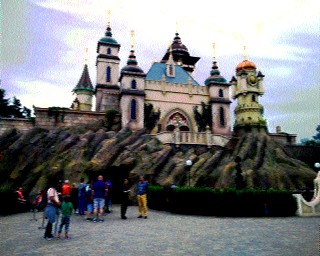
8
Pole dancer superstar Leigh Ann Reilly
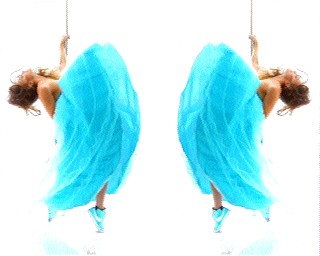
9
N. Jacobsen Electrical morse key from 1935, at display in the collection of
Telenor in Bergen, Norway.
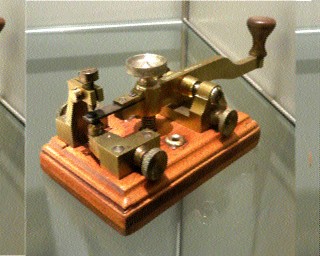
10
Interwar period telecommunication equipment at display at Telenor Bergen
headquarters - Hordaland, western Norway. This is a U.S. Vibroplex type morse
key from the 1940s
or 1950s.
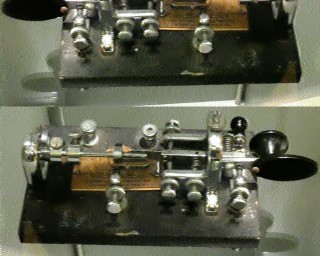
11
Louis-François-Clement Breguet (1804–1883)
Object type Telegraph key / item of collection or exhibition
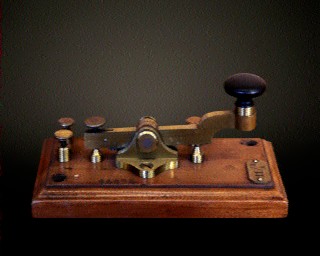
12
Photo of a Hoverfly (Syrphidae) on a daisy.
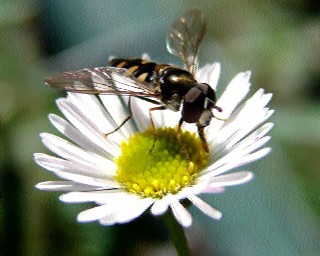
13
Honey comb
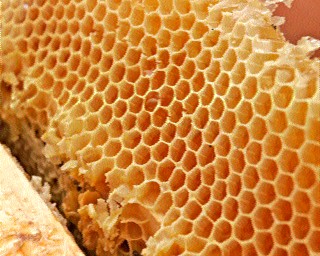
14
TETRA DMO Repeater auf dem Kleinen Feldberg.
de k
RSID: <<2018-12-15T13:29Z
Feld hell @
6070000+1500>>
RSID: <<2018-12-15T13:29Z
Feld hell @
6070000+1500>>

